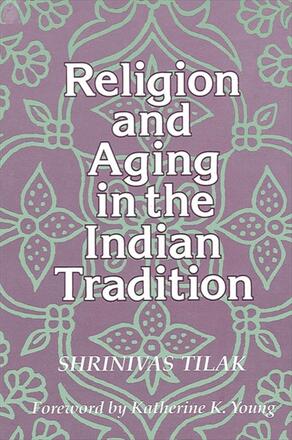
Religion and Aging in the Indian Tradition
Alternative formats available from:
Description
The manner of aging is a cultural construct and there is a specifically Indian way of aging. That way is shown in this book through the anlyses of key concepts--aging (jara), stages of life (asarama), time (kala), determinate deeds (karma), desire (kama), change (parinama), and rejuvenative force (vaja).
The author offers important transcultural insights into the realities of aging, disease, and inevitable death faced by all. The composite Inidan religious tradition provides patterns for shaping the aging experience into a meaningful system of vital social values, ethical principles, and life goals, This analysis of the Indian approach provides significant clues for understanding aging in other cultures.
Shrinivas Tilak is Professor of Religious Studies at the University of British Columbia.
Reviews
"The author's primary insight is of extreme meaningfulness: every culture must confront the deterioration and death accompanying aging. How this confrontation has occurred in Indian culture has significance for understanding all cultures including contemporary advanced industrial cultures. " — Sheldon S. Tobin
"The topic of aging in the Indian traditional has not before been given a systematic scholarly examination. India has important wisdom to offer, and this book sets that wisdom forth in a way that makes its history and content clearly available to modern scholars. Tilak does this in a thoroughly competent way using primary source documents in a careful and comprehensive way. He does not shy away from taking all aspects of aging into consideration: physical, social, cultural, spiritual. " — Harold Coward
"Outstanding and fascinating. " — Edmund Sherman